ETC5523: Communicating with Data
Narrative
Lecturer: Emi Tanaka
Department of Econometrics and Business Statistics
Aim
- Compose effective data stories by:
- identifying the goals,
- selecting appropriate data, visualisations and aesthetic designs, and
- receiving feedback.
- Understand and apply narrative structures and techniques to enhance communication with data
Recall: Communication is a process
Transactional communication model

Communication problems
The technical problem
How accurately can the symbols of communication be transmitted?
The semantic problem
How precisely do the transmitted symbols convey the desired meaning?
The effectiveness problem
How effectively does the received meaning affect conduct in the desired way?
Principles of Communicating Data
- Know your goal (target audience, intended message, desired effect)
- Use the right data
- Select suitable visualisations
- Design for aesthetics
- Choose an effective medium and channel
- Check the results, i.e. get feedback
Recall: Communicating with Data

Recall: Rhetorics
- The art of effective or persuasive speaking or writing
Rhetorical triangle

Rhetorical situation
- Writer or Speaker
- Purpose
- Message
- Audience
- Context
No one ever made a decision because of a number. They need a story.
– Daniel Kahneman
Basic Story Types
One Story Type
Conflict
Seven Story Types
- Overcoming the monster
- Rags to riches
- The quest
- Voyage and return
- Comedy
- Tragedy
- Rebirth
Twenty Story Types
- Quest
- Adventure
- Pursuit
- Rescue
- Escape
- Revenge
- The Riddle
- Rivalry
- Underdog
- Temptation
- Metamorphosis
- Transformation
- Maturation
- Love
- Forbidden Love
- Sacrifice
- Discovery
- Wretched Excess
- Ascension
- Descension.
Basic Data Story Types
Data Story Types
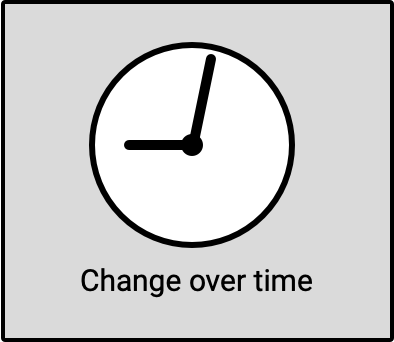
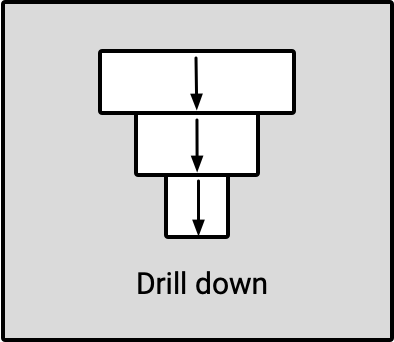

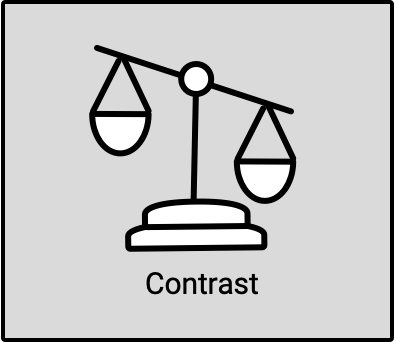

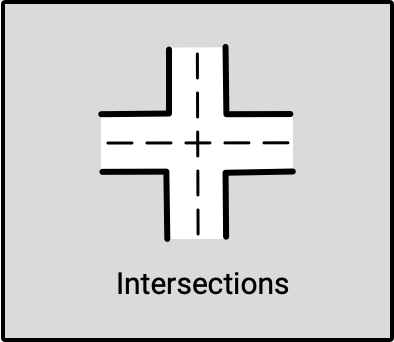
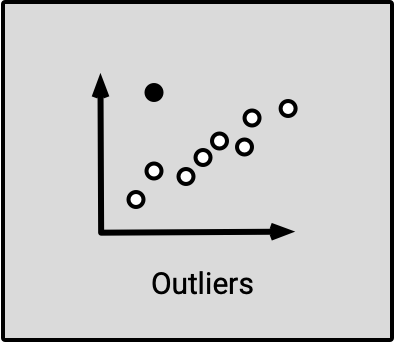
Data: key crop yields
# A tibble: 143,825 × 5
entity code year crop yield
<chr> <chr> <dbl> <chr> <dbl>
1 Afghanistan AFG 1961 wheat 1.02
2 Afghanistan AFG 1961 rice 1.52
3 Afghanistan AFG 1961 maize 1.4
4 Afghanistan AFG 1961 soybeans NA
5 Afghanistan AFG 1961 potatoes 8.67
6 Afghanistan AFG 1961 beans NA
7 Afghanistan AFG 1961 peas NA
8 Afghanistan AFG 1961 cassava NA
9 Afghanistan AFG 1961 barley 1.08
10 Afghanistan AFG 1961 cocoa NA
# … with 143,815 more rowsOne data, many stories
 Change over time
Change over time

 Drill down
Drill down
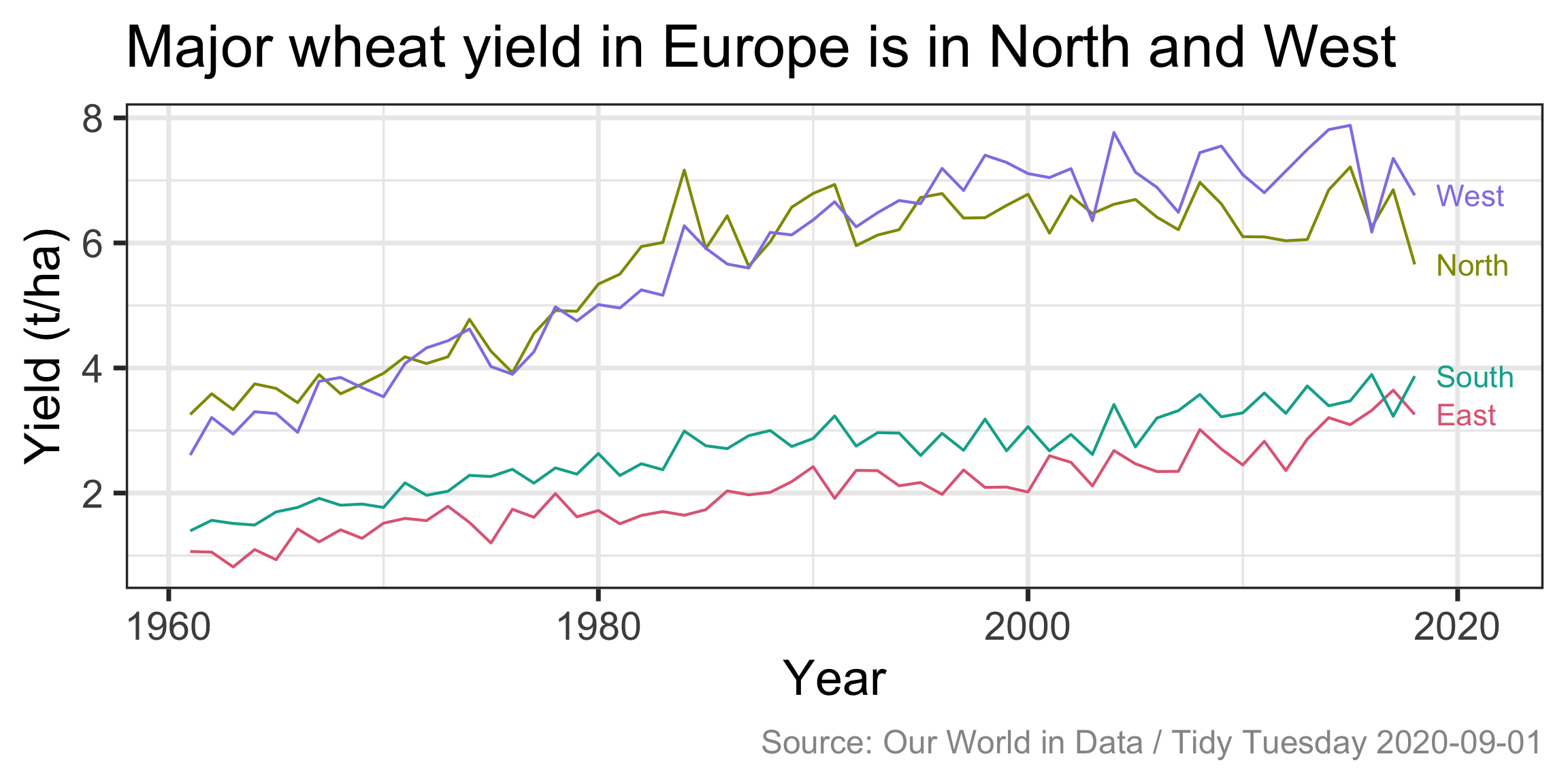
 Zoom out
Zoom out

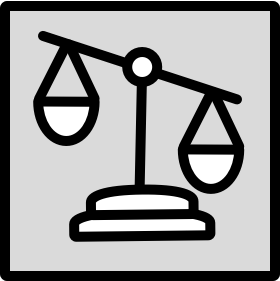 Contrast
Contrast

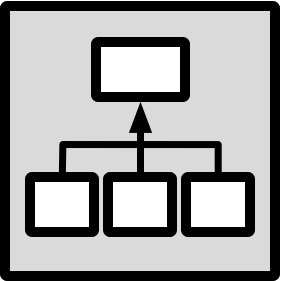 Factors
Factors
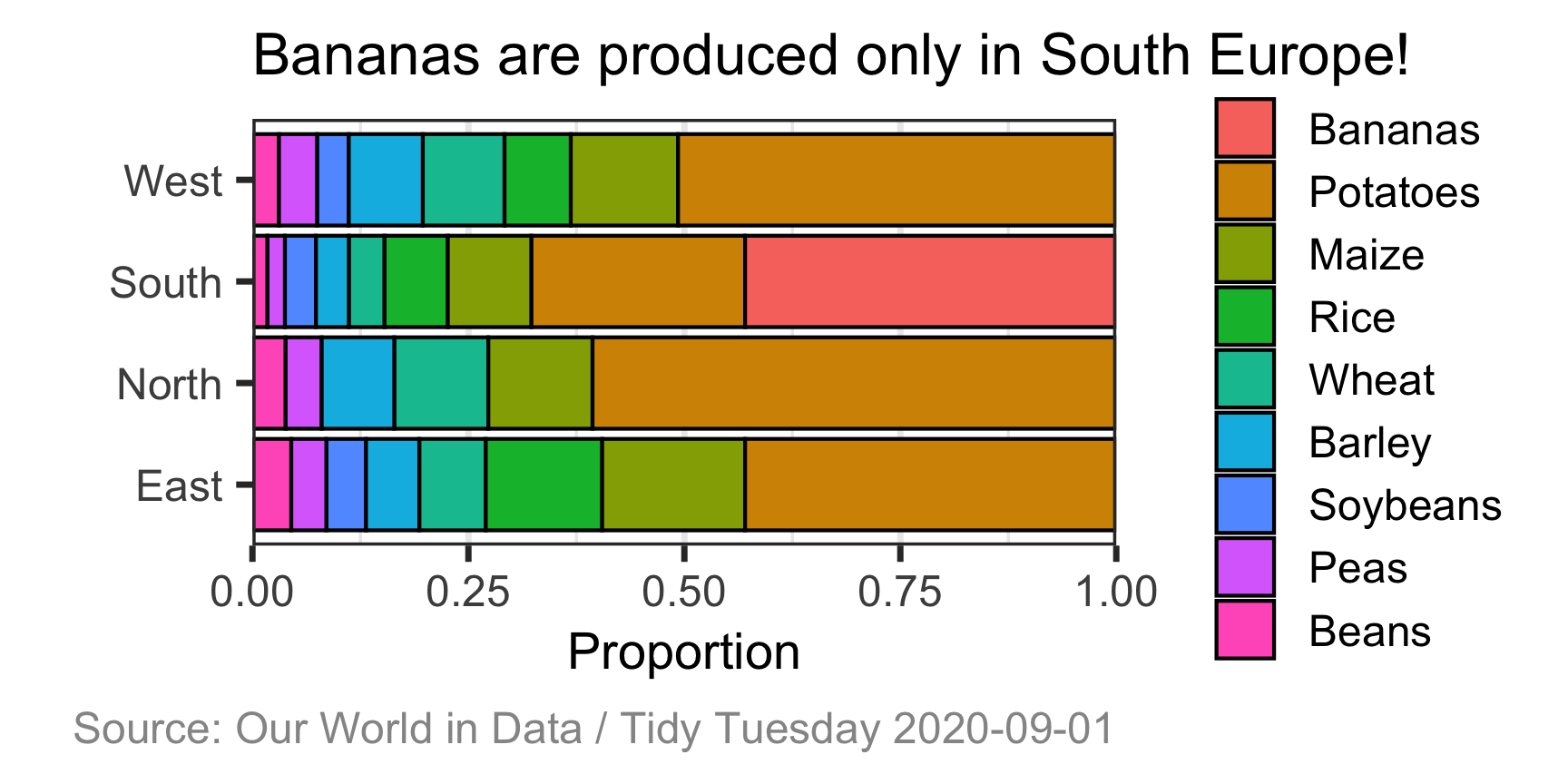
 Intersections
Intersections

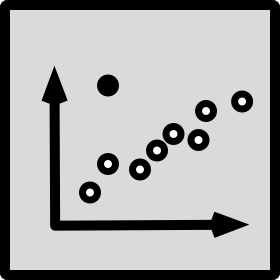 Outliers
Outliers
Kuwait, NZ & USA have highest potato yields, 2018

Narrative structure
Narrative structure

Elements of statistical persuasion
- Magnitude of effects: the strength of a statistical argument is enhanced in accord with the quantitative magnitude of support for its qualitative claim.
- Articulation of results: the degree of comprehensible detail in which conclusions are phrased.
- Generality of effects: the replicability of the results.
- Interestingness of argument: the potential to change people believe.
- Credibility of argument: the believability of a claim.
Narrative techniques
- Metaphor, simile, analogy or anecdotes, e.g. “one in three households is wasting the equivalent of a shopping bag full of food each week.”
- Comparisons, e.g. “While the average Australian man has $52,786 in their savings account right now, the average woman sits at around half that figure – $26,132.”
- Flow of information, e.g. new information before old, simple before complex information.
Improving communication
Feedback loops
- Recall there is no single, ideal way to communicate.
- Get in a habit to seek feedback from others about:
- Reach: Did the audience even receive your message at all? Who did and who didn’t?
- Understanding: Did the audience interpret the data message in the way you intended?
- Impact: Did the audience react in the way you wanted them to react?
Week 10 Lesson
Summary
- Storytelling is a powerful technique to communicate data
- Compose effective data stories requires you to
- know your the goals (audience, message, desired effect),
- selecting appropriate data, visualisations and aesthetic designs, and
- receiving feedback.
Resources
- Spencer (2022, Feb. 17). Data in Wonderland. Section 1.
- Jones (2014) Communicating Data with Tableau

ETC5523 Week 10